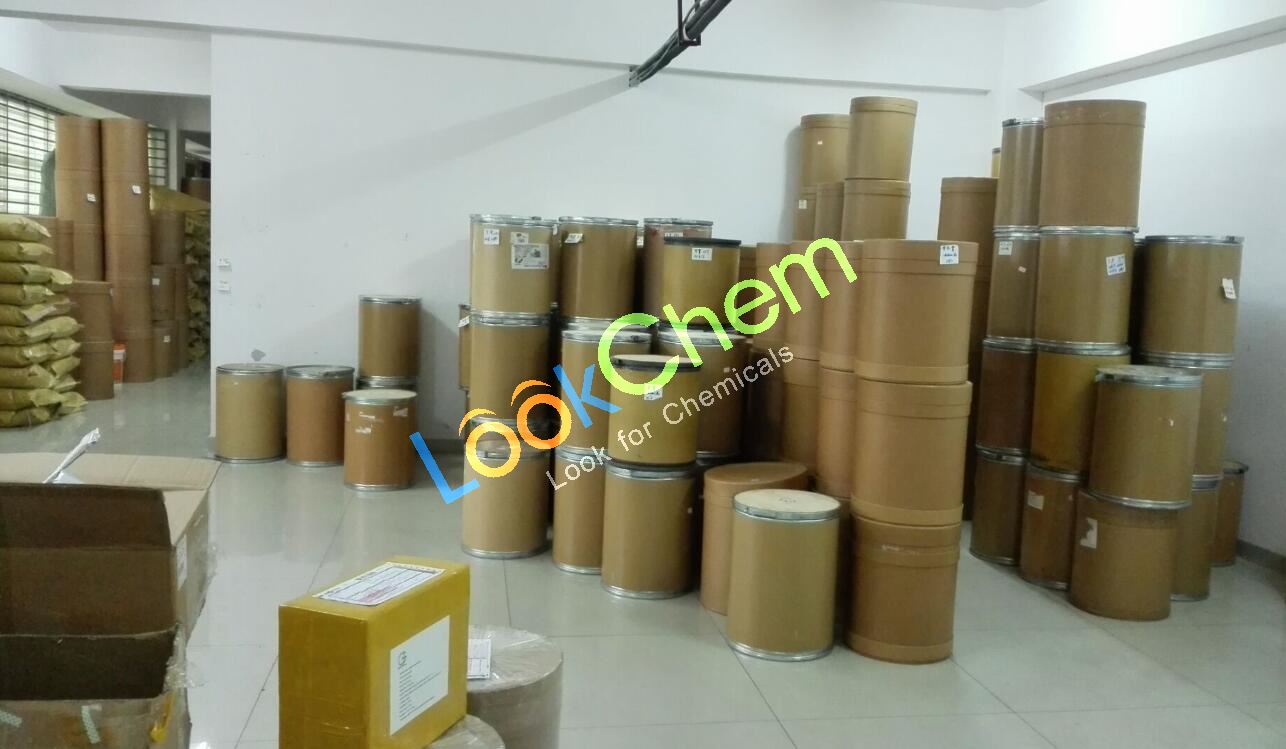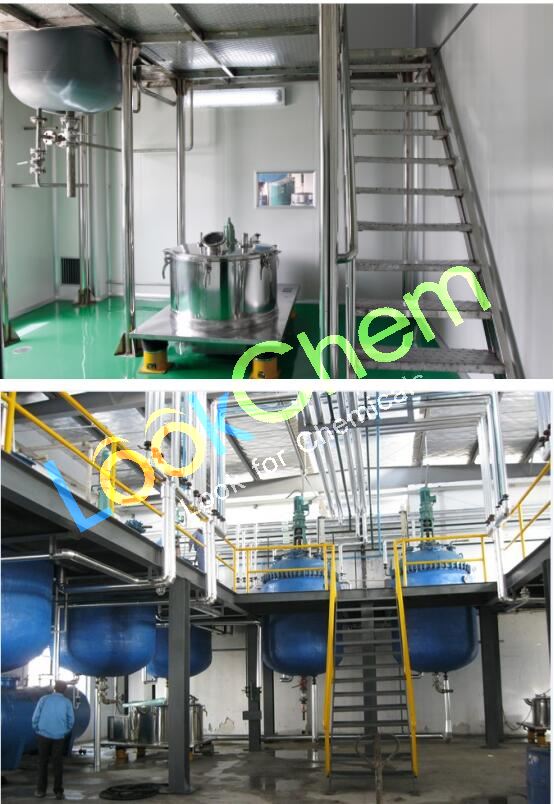Muscle Building Dsip Peptide Steroid hormones Human Delta Sleep-Inducing Peptide
Basic Info
Specification: 10iu/Vial, 10vial/Kit, USP
Synonyms: Delta Sleep-Inducing Peptide, Dsip
Payment Method: Escrow, , Paypal, Tt, L/C.
Delivery Time: Within 3days After Payment, 7-10days to Arrive
Export Markets: Global
Certification: GMP, HSE, ISO 9001, USP, BP
Package: Glass Bottle
Shipping Method: FedEx, DHL, EMS or by Sea
Policy: Reshipping Policy
Usage: Bodybuilding, Muscle Building
HS Code: 3001200020
Description
Delta sleep-inducing peptide, abbreviated DSIP, is a neuropeptide that when infused into the mesodiencephalic ventricle of recipient rabbits induces spindle and delta EEG activity and reduced motor activities.
Delta sleep-inducing peptide was first discovered in 1974 by the Swiss Schoenenberger-Monnier group who isolated it from the cerebral venous blood of rabbits in an induced state of sleep. It was primarily believed to be involved in sleep regulation due to its apparent ability to induce slow-wave sleep in rabbits, but studies on the subject have been contradictory.
DSIP is an amphiphilic peptide of molecular weight 850 daltons with the amino acid motif:
N-Trp-Ala-Gly-Gly-Asp-Ala-Ser-Gly-Glu-C
It has been found in both free and bound forms in the hypothalamus, limbic system and pituitary as well as various peripheral organs, tissues and body fluids. In the pituitary it co-localises with many peptide and non-peptide mediators such as corticotropin-like intermediate peptide (CLIP), adrenocorticotrophic hormone (ACTH), melanocyte-stimulating hormone (MSH), thyroid-stimulating hormone (TSH) and melanin concentrating hormone (MCH). It is abundant in the gut secretory cells and in the pancreas where it co-localises with glucagon.
In the brain its action may be mediated by NMDA receptors. In another study Delta sleep-inducing peptide stimulated Acetyltransferase activity through α1 receptors in rats.It is unknown where DSIP is synthesized.
Applications
Delta sleep-inducing peptide, abbreviated DSIP, is a neuropeptide that when infused into the mesodiencephalic ventricle of recipient rabbits induces spindle and delta EEG activity and reduced motor activities.
Many roles for DSIP have been suggested following research carried out using peptide analogues with a greater molecular stability and through measuring DSIP-like immunological (DSIP-LI) response by injecting DSIP antiserum and antibodies.
How should I store and handle my peptides
Because peptides are hygroscopic, warm up the peptide to room temperature in a desiccator prior to opening and weighing out the portion of the peptide to be used. Failure to do so can cause condensation to form on the product when the bottle or vial is opened and greatly reduce the stability of the material. Weigh out quickly in a clean environment only the needed quantity of the peptide to be used to minimize contamination and reseal container tightly. Store all unused peptide at -20° C or less in a sealed container with desiccant. Storage under these conditions will reduce and prevent bacterial degradation, secondary structure formation, and oxidation for up to several years. Sequences containing cysteine, methionine, tryptophan, asparagine, glutamine, and N-terminal glutamic acid will have a shorter shelf life than other peptides.
When solubilizing the peptide, please use the recommended solvents outlined in the solubility test provided by AP if your experimental conditions will allow it. Sonication is often helpful to dissolve the peptide. In general, sterilized water is the preferred solvent, but acidic peptides will dissolve in a basic buffer and basic peptides in an acidic buffer as determined by the amino acid sequence of the peptide. Peptide sequences containing Cys, Met, and Trp require oxygen free solvents as they are especially prone to oxidation. Peptides in solution are much less stable than lyophilized form and will remain viable for a much shorter period of time. As such, it is not recommended to store peptides under these conditions, but if absolutely unavoidable, the peptides in solution should be kept at -20° C using sterile buffers at pH 5-6 to prolong shelf life.


